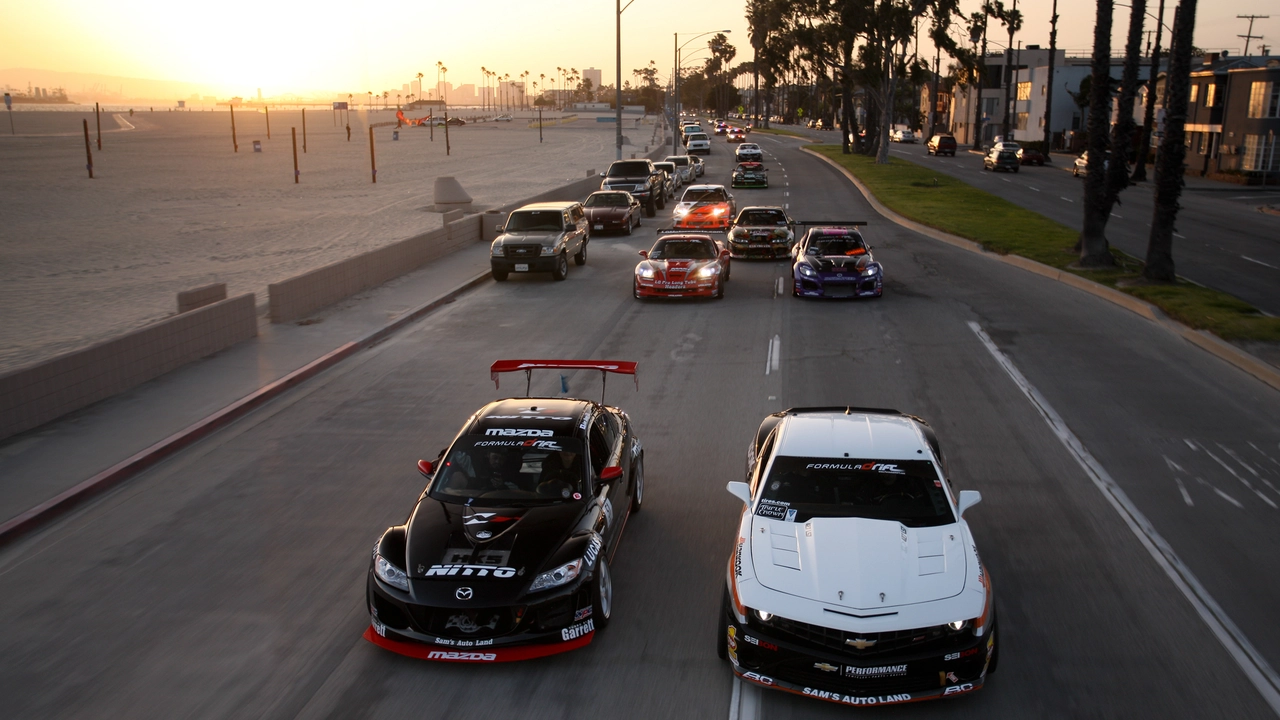Race Visualization: Turning Raw Data into Clear, Action‑Packed Graphics
Ever watched a race and wished you could see exactly where the action happened? That’s what race visualization does – it takes lap times, speeds, tyre wear, and more, then paints a picture you can actually read. Instead of poring over spreadsheets, you get interactive maps, color‑coded tracks, and live dashboards that show who’s ahead, who’s battling, and where the drama unfolds.
For fans, this means you can follow a MotoGP sprint and instantly spot the rider who just took the inside line into turn three. For teams, the same tools highlight where a car lost grip or where a tyre strategy paid off. The result is a shared language that bridges the gap between raw numbers and the excitement on the circuit.
Why Race Visualization Matters
First, it makes complex data accessible. Take Audi’s dominance at Le Mans – the win wasn’t just about a fast engine, it was about hybrid efficiency, fuel‑flow management, and tyre strategy. A good visual shows the hybrid boost zones on the track, letting you see when Audi’s cars pulled extra power and why they could stay ahead for longer stretches.
Second, it speeds up decision‑making. During a Formula 1 weekend, engineers can watch a live heat map of tyre temperatures and instantly adjust the pit plan. In MotoGP, riders can glance at a lap‑by‑lap speed graph to decide whether to push harder into the next sector or conserve fuel for the final sprint.
Third, it fuels fan engagement. Interactive race maps let you replay a showdown, zoom into a corner, and compare two drivers side‑by‑side. That level of detail keeps viewers glued to the broadcast and pushes social media chatter.
How to Use Race Visualization Tools
Start with a reliable data source – most series publish timing sheets, GPS logs, and telemetry streams. Plug those files into a visualization platform like Power‑BI, Tableau, or a dedicated motorsport app. Most tools let you plot a driver’s path on a track diagram, color‑coding each lap by speed or tyre wear.
Next, add layers that matter to you. If you’re curious about fuel strategy, overlay fuel‑level markers at each pit stop. Want to see overtaking spots? Highlight sections where position changes occur and pair them with video clips for context.
Finally, make it interactive. Allow users to filter by driver, lap, or sector. A simple slider lets a fan watch the race evolve lap by lap, while a dropdown lets a team focus on a specific car’s telemetry. The more you let users play with the data, the deeper the insight.
On Stratton’s Motorsports Hub, you’ll find posts that use these visuals – from the Audi Le Mans breakdown to the MotoGP safety comparison, each article includes charts and maps that turn numbers into stories. Check out the “Auto Racing: Why is Audi so dominant at LeMans?” piece to see a hybrid power‑zone map, or read “Motorsports: Is MotoGP more dangerous than Formula 1?” for a risk heat‑map of rider positions.
Whether you’re a casual fan wanting a clearer picture of the race or a professional looking for that extra edge, race visualization is the shortcut from data overload to real insight. Dive into the graphics, play with the sliders, and watch the track come alive in a way that raw stats never could.

Imagine an auto race with absolutely no vehicle restrictions - wild, right? We could see a blend of high-end sports cars, modified trucks, electric vehicles, and even self-driving cars, all competing on the same track. The diversity in performance and strategy would be astounding, with different strengths and weaknesses coming into play. This could lead to unpredictable, thrilling races. However, it could also raise safety concerns and debates about fair competition.
Maverick Kincaid Jul 22, 2023



